
The COVID-19 pandemic is far from over, but many are starting to ponder its lasting effects on nursing. The editorial team at American Nurse Journal wanted to know what leaders in the field are thinking, so we convened a virtual roundtable. Leaders in different roles and in different geographic locations were asked to respond to several pandemic-related questions. Here’s a sampling of their responses to a few of the questions.
The roundtable launches a series of articles designed to tackle issues related to how the profession will move forward as the pandemic evolves, such as nurses’ mental health and staff retention. We’ll be including more of the responses to questions we asked leaders as part of the roundtable, and we would like to know what you think. Share your thoughts on social media—on Facebook at American Nurse, on Twitter @myamericannurse, on Instagram at my_american_nurse, and on LinkedIn at American Nurse.
What is the one big change you would like to see in the nursing profession as a result of the pandemic?
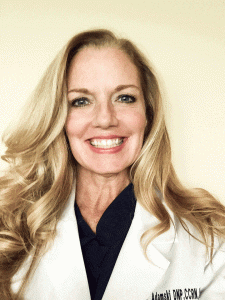

Jennifer Adamski, DNP, APRN, ACNP-BC, CCRN, FCCM, is program director for the adult-gerontology acute care nurse practitioner program at Nell Hodgson Woodruff School of Nursing at Emory University in Atlanta, Georgia, and a critical care nurse practitioner for the Cleveland Clinic Critical Care Flight Team in Ohio.
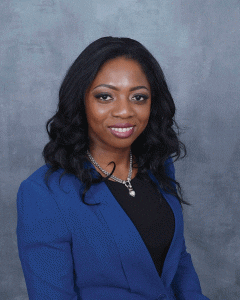

I want to see nurses recognized as a key foundation of healthcare and for universities and healthcare organizations to make a conscious effort to highlight nurses as healthcare experts in the media. For example, I see many commercials encouraging vaccinations, but none have featured nurses, who are the ones giving the vaccine and being asked questions by patients. In addition, I want to see nurses recognized for their talent, their education, their expertise, and the remarkable impact they have on healthcare.
Dewi Brown-DeVeaux, DNP, MS, BS, RN, ONC, is director of nursing at NYU Langone Orthopedic Center in New York, New York.
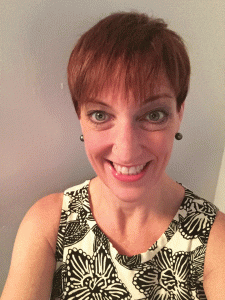

I would like to see the continued grace that we have given others over the last 18 months. When stress levels were high and patience was low, we paused and thought about what others were experiencing in the moment. We weren’t critical of one another, and we came together to safely care for patients. It didn’t matter what department people worked in or if they were critical care or not, everyone’s contribution was vital. The old saying of, “nurses eat their young” became nonexistent.
Kathleen Diatta, PhD, RN, NE-BC, is unit director of PACU/POHA at Emory Healthcare in Atlanta, Georgia.
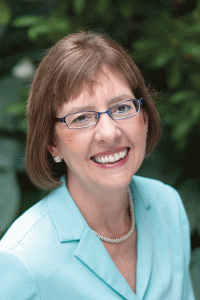

Peggy Gordin, MS, RN, NEA-BC, FAAN, is vice president of patient care services and CNO at St. Louis Children’s Hospital in St. Louis, Missouri.
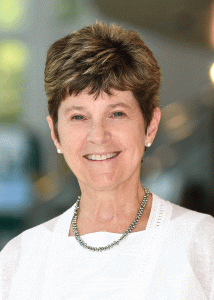

Christine Hedges, PhD, RN, NE-BC, is an adjunct assistant professor at University of North Carolina School of Nursing in Chapel Hill.
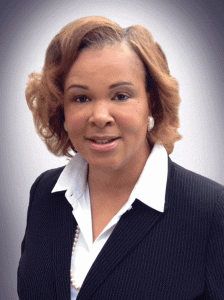

Jacqueline Herd, DNP, RN, NEA-BC, was most recently executive vice president and CNO at Grady in Atlanta, Georgia.
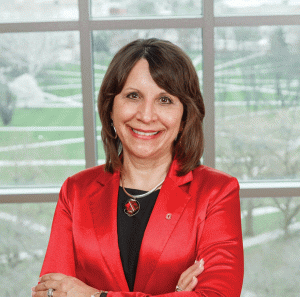

Bernadette Mazurek Melnyk, PhD, APRN-CNP, FAANP, FNAP, FAAN, is vice president for health promotion, University Chief Wellness Officer, and dean and professor at The Ohio State University in Columbus.
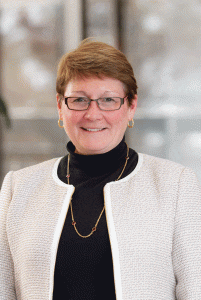

Theresa Murphy, MS, RN, CENP, is CNO at University of Southern California Verdugo Hills Hospital in Glendale.
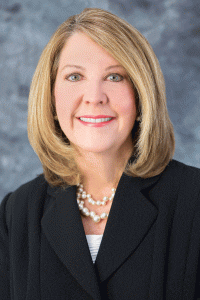

Evelyn M. Olenick, DNP, RN, NEA-BC, is senior vice president and CNO at Phoebe Putney Memorial Hospital in Albany, Georgia.
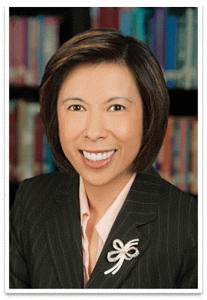

Christine Pabico, PhD, RN, NE-BC, FAAN, is director for the Pathway to Excellence® Program at the American Nurses Credentialing Center in Silver Spring, Maryland.
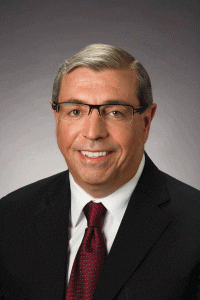

During the pandemic, telehealth appointments became the “new normal,” allowing patients to stay at home instead of reporting to physician offices, which decreased their risk of exposure. The concept of “healthcare at home” became common when patients could receive care at home, thus freeing up a scarce hospital bed for another patient who needed it more. I would like to see payers continue to reimburse for these alternative care delivery mechanisms.
Mark Pelletier, MS, RN, is chief operating officer and chief nurse executive for The Joint Commission in Oakbrook Terrace, Illinois.
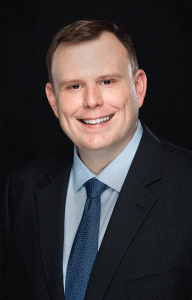

I would like to see us come to a consensus that we need to move away from just-in-time staffing models. It isn’t what is best for our employees or our patients.
Joseph Potts, MSN, RN, is clinical supervisor for the central monitoring unit at Northside Hospital Gwinnett in Lawrenceville, Georgia.
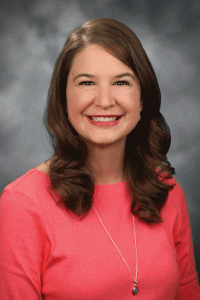

I’m hopeful that the pandemic shifted nurses’ thinking and understanding of their value and role in publishing their innovations. Before the pandemic, nurses implemented great innovations that directly impacted care, but these innovations were rarely disseminated formally (for example, publication, posters, presentations). When the pandemic hit, prompting an immediate need to disseminate innovations so others could learn, journals were flooded with submissions from nurses. Moving forward, it would be great if nurses would continue to submit their innovations for publication, and it would also be great if more journals offered short columns/departments aimed at publishing practical, direct care innovations.
Staci Reynolds, PhD, RN, ACNS-BC, CCRN, CNRN, SCRN, CPHQ, is an associate clinical professor at Duke University School of Nursing and an infection prevention clinical nurse specialist at Duke University Hospital in Durham, North Carolina.
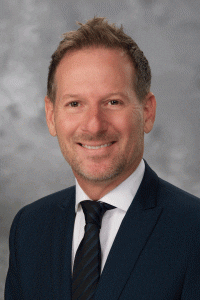

Sylvain Trepanier, DNP, RN, CENP, FAONL, FAAN, is senior vice president and CNO for Providence in Renton, Washington.
How will relationships between members of the healthcare team (nurses, physicians, respiratory therapists, pharmacists, support staff, and others) be different in a post-pandemic world?
Multi-professional relationships were strengthened, but also strained under the prolonged and stressful circumstances of the pandemic. People grew to appreciate the unique contributions and challenges of each other profession as many team members had to learn or expand skillsets and cross-cover to other disciplines. For example, anesthesia providers performing the role of respiratory care providers when managing ventilators and noncritical care nurses caring for critical patients under the direction of critical care nurses. As they all worked closely for many long hours with the common purpose to help patients, they got to see the unique roles and capabilities of the other. I hope that this appreciation for each other’s contributions continues. — Adamski
The pandemic experience prompted new relationships among the professions, and that connectedness still exists. We’re sharing stories that will reinforce our commonality and bond us together forever. — Brown-DeVeaux
The relationships will be stronger. We leaned on each other during the pandemic to care for patients, families, and each other. Those bonds and relationships will continue to grow and solidify. — Diatta
There has been, and will continue to be, improved appreciation for the various professions and how they interact, including intensivist physicians, infectious disease physicians, advanced practice RNs, public health practitioners, epidemiologists, and respiratory therapists. — Murphy
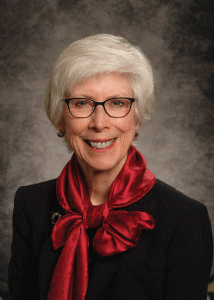

Sharon Pappas, PhD, RN, NEA-BC, FAAN, is CNO at Emory Healthcare in Atlanta, Georgia.
My hope is that everyone is just a bit more patient and compassionate with one another. We have all made significant sacrifices, but we all also have been given the opportunity to gain perspective. I hope we all take advantage of that opportunity. — Potts
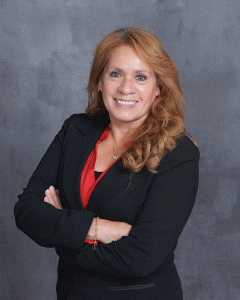

Sonia Valdez, DNP, RN, ACNP, GANP, PHN, CVRN-BC, is manager of post-acute programs at UC Irvine Health in Orange, California.
Is your organization planning to assess and address social determinants of health (SDOH) differently as a result of lessons learned during the pandemic? If yes, how?
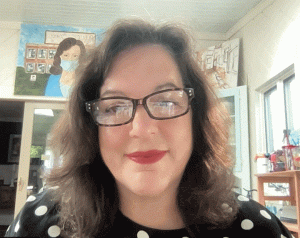

Robin Cogan, MEd, RN, NCSN, is The Relentless School Nurse for the American Nurse Journal website and a school nurse for the Camden City School District in Camden, New Jersey.
We have an extensive organizational plan around addressing SDOH that was in place pre-pandemic and has only gotten stronger. We have community health workers, community hubs, and numerous community outreach efforts into schools in underserved areas of our community. There are specific outcome goals we use to measure progress, such as reduction in infant mortality and completing breast cancer screening. Our system wants to become a community “anchor organization” as the largest healthcare employer in the region. We see our role in helping people out of poverty as an employer, as well as being a provider of culturally sensitive healthcare to the community. All of our leaders are being required to undertake a diversity, equity, and inclusion learning journey to ensure that we are providing equitable care to all. — Gordin
Our initial efforts are twofold. First, we’re increasing awareness and sensitivity to under-represented groups within the employee ranks (along with increased efforts to drive equitable employment opportunity for under-represented groups), and second, we’re working on improving access to healthcare for under-represented communities. — Murphy
The Joint Commission’s new Quick Safety advisory, “Understanding the needs of diverse populations in your community,” provides four strategies and actions to help hospitals and medical centers support their communities and offers lessons learned about how COVID-19 shed light on healthcare disparities during the pandemic and prior. We and other health professionals have an economic and moral responsibility to address the health and well-being of their diverse and vulnerable populations. Together, we can make strides to decrease healthcare disparities. In addition, The Joint Commission is working with a technical advisory panel to potentially develop standards that would address healthcare disparities. This project is scheduled for later in 2021. — Pelletier
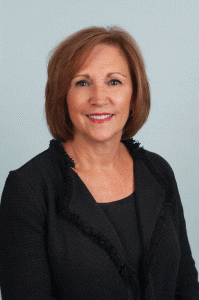

Colleen K. Snydeman, PhD, RN, NE-BC, is executive director for the office of quality, safety, and practice at Massachusetts General Hospital (MGH) in Boston.


















